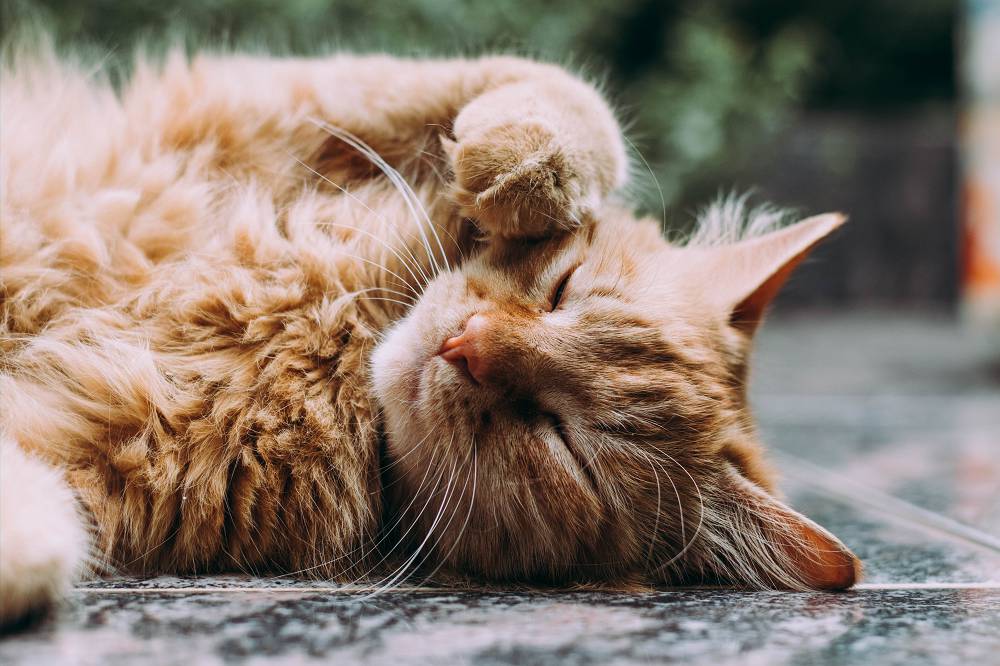Introduction
Diabetes is not just a condition that affects humans; it can also affect our beloved feline friends.
Just like in humans, diabetes in cats occurs when the body is unable to properly regulate blood sugar levels (this is the Mellitus or ‘sweet urine’ part of the name).
This blog post aims to shed light on the causes, symptoms, and treatment options for feline diabetes, providing valuable insights for cat owners and those interested in learning more about this condition.
It is important to know that, if left untreated for long enough, feline diabetes will be very painful and upsetting for your cat, and can have no positive outcome. However, managed properly, many cats lead long and happy lives.

Causes of Feline Diabetes:
Feline diabetes typically develops due to a combination of genetic and environmental and ageing factors. Older cats, especially those over the age of 10, are more likely to develop diabetes.
Certain breeds, such as Burmese cats (in Australia), are genetically predisposed to the condition. Obesity, while considered a significant risk factor, is not the only reason a cat may develop feline diabetes. Cats of any body condition score can develop hyperglycaemia (diabetes) although excess body fat can interfere with insulin production and utilization. Another major predisposing factor is cortisone use – often essential in conditions such as skin allergies (Atopy) Inflammatory Bowel Disease and various lymphomas and cancer treatments.
Symptoms of Feline Diabetes:
Recognizing the symptoms of feline diabetes is crucial for early detection and effective management. Cat owners should look out for the following signs:
- Increased thirst (polydipsia) and urination (polyuria): If you notice your cat drinking more water than usual and having frequent trips to the litter box, it could be a sign of diabetes. However, some cats have such excellent kidney function that they can concentrate their urine into almost a sugar syrup, and so this symptom is easily missed. A ‘wetter’ litter tray may be more noticeable than increased drinking.
- Weight loss despite an increased appetite: Cats with diabetes often experience weight loss as their body fails to utilize glucose properly and the urine takes the glucose outside the body is a significant loss of calories. Eventually the cat will have to breakdown fat and muscle for their metabolic requirements.
- Lethargy and decreased activity: Diabetic cats may appear less energetic and exhibit reduced interest in their usual activities.
- Increased hunger (polyphagia): Although weight loss occurs, cats with diabetes may show an increased appetite due to the body’s inability to utilize glucose effectively.
- Poor coat condition: Diabetes can affect the health of a cat’s skin and coat, resulting in a dull and unkempt appearance. Often they develop dandruff as the yeast on the skin utilises the excess glucose in the skin.
Treatment Options for Feline Diabetes:
- Veterinary Care: If you suspect your cat has diabetes, it’s crucial to seek veterinary care promptly. Your veterinarian will perform tests to confirm the diagnosis and determine the severity of the condition. If the cat has glucose and ketones in the urine, the management of ketoacidotic diabetes (DKA) can be complex (and expensive).
- Diet Management: An ad lib diet of very high protein can contain the problem as long as there is no ketosis (ketones in the urine – you can use the same dipsticks as human diabetics use). Although they remain hyperglycaemic, a significant percentage of cats do not need insulin if on a 50 – 80% protein diet, and cats do not get the complications of cataracts, artherosceleosis not kidney disease from diabetes like dogs and humans do.
- Insulin Therapy: Many diabetic cats require insulin injections to regulate their blood sugar levels. Your veterinarian will guide you on the proper administration technique and develop an individualized treatment plan for your cat.
- Regular Monitoring: Monitoring your cat’s urine for glucose and ketones, as well as occasional check of blood glucose levels at home will be necessary. Your veterinarian will teach you how to collect and process urine and blood. Many cats will go into remission and no longer need insulin – at least for a short time – and this event needs to identified or the insulin will cause a hypoglycaemic event.
- Weight Management: Monitoring your cat’s weight changes (up and down) is critical for long term, effective management of diabetes in the cat.
Conclusion:
Feline diabetes is a complex condition that requires diligent care and management. By recognizing the symptoms and seeking veterinary care promptly, cat owners can improve the quality of life for their feline companions.
Remember, a combination of a controlled diet, insulin therapy, weight management, and regular monitoring are essential for successfully managing feline diabetes. If you suspect your cat may have diabetes or have concerns about their health, consult your veterinarian, who will provide expert guidance and support throughout the treatment process.
With proper care and attention, cats with diabetes can live happy and fulfilling lives.
